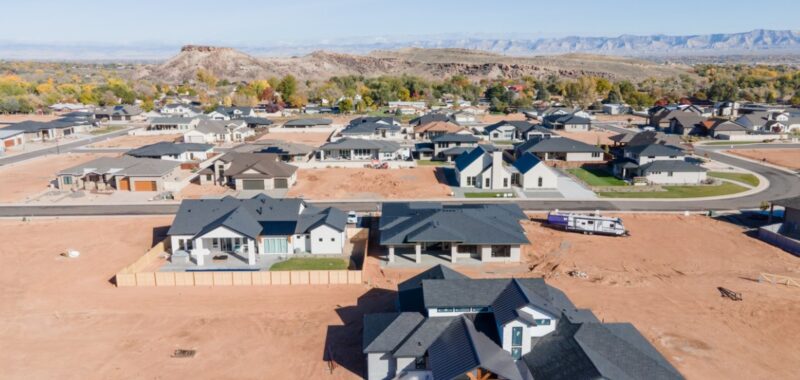Inventory is a consistent hurdle to the housing market, and a hurdle to increasing inventory is a lower-than-needed amount of new construction. In June 2024, new housing starts were reported as being at a four-year low.
The University of California Berkeley’s Terner Center for Housing Innovation has looked at this issue in a new paper titled, “Making Missing Middle Pencil: The Math Behind Small-Scale Housing Development” (primarily authored by Center Affiliate David Garcia).
The paper pinpoints the construction of smaller-scale multifamily units, specifically for-sale duplexes, for-sale fourplexes, rental fourplexes and a rental 10-unit building.
These housing units are the eponymous “missing middle.” The paper includes interviews with developers of these properties to surmise why the construction of them has fallen behind. Though the paper’s sample size of data and developer interviewees come only from California, the insights offered have national market relevance.
The paper documents that developers who put up duplexes and fourplexes are often not large-scale housing developers, but rather, small businesses with local roots in the community.
“They often identify as activists trying to break down barriers to housing access,” the paper notes, which means that these developers have more knowledge of local building codes and experience navigating them.
This doesn’t make building codes any less of an issue. Developers interviewed by Terner Center researchers (who said they generally seek to maximize the number of units on a parcel) said that, “(d)esign standards such as setbacks, tree preservation, parking minimums, slopes, lot size coverage and floor-area ratio limitations often establish a smaller maximum building envelope than one might initially think could be built on a site.”
Three or more unit buildings are often subject to more stringent commercial zoning codes rather than residential ones—regardless of the property’s intended use. This results in a 10% premium when building to commercial codes rather than residential standards. The paper suggests that of the four building types it surveys, for-sale duplexes are the most “feasible” to build because they fall under residential zoning.
Construction costs, measured per square foot, are described by the interviewed developers and contractors as unpredictable, according to the paper. This makes long-term planning of projects difficult.
The small size of these developers and their projects also comes with disadvantages for finding funding. Not only will smaller developers have less cash on hand, the smaller-scale of “missing middle” housing means less potential for payout, the study found. Thus, attracting capital from interested investors becomes more challenging. Early in their careers, most small-scale housing developers pull funding from both personal relations, “hyperlocal wealthy individuals,” or local groups interested in developing their communities, the researchers found.
The Terner Center’s suggested conclusions for policymakers include redefining zoning requirements for small-scale multi-units. The paper points to legislation passed in Memphis, Tennessee (where buildings up to six units can now be built under residential, not commercial, requirements), and North Carolina (placing triplexes and fourplexes under residential zoning) as models for future legislation.
Developers believe that a “fundamental shift” would be needed to kickstart missing middle construction to scale. Their wishlist of policy changes includes making zoning more favorable by default to multifamily—not single-family—housing, more generous underwriting for convertible construction-to-permanent loans, a more predictable permitting process and more.
To read the full paper, click here.

